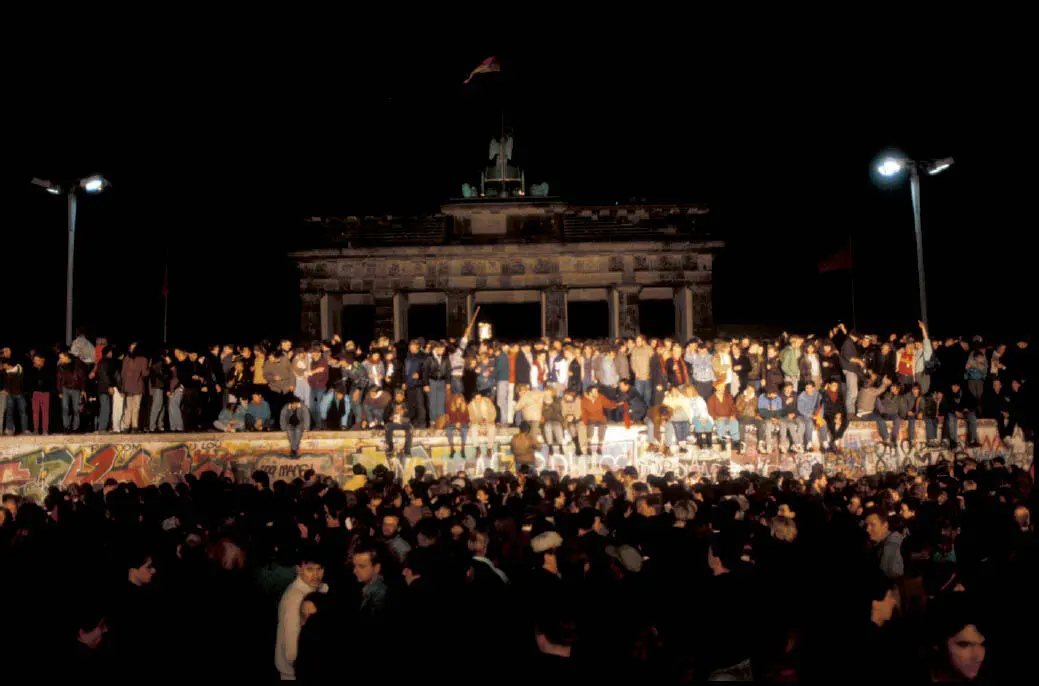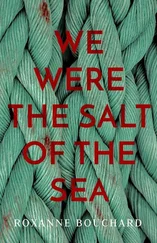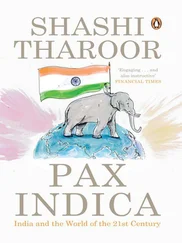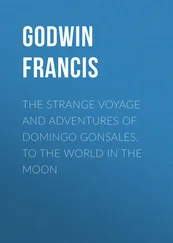The remains of the Berlin Wall have thus been distributed across the globe as testimonies to the Cold War, to the confrontation between democratic and dictatorial states, as trophies or even as symbolic warnings of new borders or human rights violations. Regardless of the respective concrete interpretation of the Wall segments on site they show one thing above all clearly: the memory of German division and the joy over the fall of the Wall as a symbol for the collapse of the totalitarian communist systems. These symbols are present all over the world to this day and are repeatedly provided with new messages and a new meaning.
We would like to sincerely thank all those who have shown support or contributed to this book, be it by supplying photos, researching or anything else. Without your willingness to share your stories and experiences, photos and memories as well as going to the most remote places in search of traces, we would not have been able to show and tell many of the stories included in this book. Many thanks!
Berlin, March 2021
Anna Kaminsky
FROM THE BUILDING OF THE BERLIN WALL TO THE FALL OF THE BERLIN WALL
A SHORT HISTORY OF THE DIVISION
Maria Nooke
On 13 thAugust 1961 at 1:00am, the lights went out at the Brandenburg Gate and police and members of the East German army moved towards the sector border. Ten minutes later, the GDR announced that measures were being taken which would help to “guard and control”. 1
Within a few hours, the GDR government had closed the border to West Berlin with barbed wire. An impermeable border fortification was built over the next days and weeks – the Berlin Wall. Pictures of this formidable border installation were sent around the world. Confused faces and a Wall of armed soldiers at the Brandenburg Gate have become engraved in the collective memory. On November 9, 1989, the Brandenburg Gate was once again the focus of worldwide interest: The Wall had fallen. There were images of people dancing with joy on the concrete Wall in front of the Brandenburg Gate.
The euphoria felt when the division came to an end was not only felt by Berliners, not only by Germans in the East and the West, but by people all over the world.
The Wall had divided Berlin for over 28 years. The beginning and end of the Berlin Wall marked significant landmarks in world history, which history books would later refer to as the “Cold War”. The Berlin Wall was a physical construction which showed the inhumanity of the GDR government. A government that became known for shooting its own citizens if they tried to escape. When the Wall fell on 9 thNovember 1989, it became a symbol for the peaceful victory over German division. The end of the GDR was sealed and the reunification of Germany became possible. 2

The Brandenburg Gate after the Fall of the Wall
© Archiv Bundesstiftung Aufarbeitung / Bestand Uwe Gerig Nr. 4563
GERMANY UNDER OCCUPATION AFTER THE SECOND WORLD WAR 3
The reasons leading to the building of the Berlin Wall go back to the Second World War, which had been instigated and lost by Germany. When it became clear that Hitler was going to lose the War, the Allies began to negotiate plans to split Germany into new territories once Hitler had been defeated. Germany was to be divided into three, later four, zones of occupation and a special status was arranged for Berlin, the capital city. The city was also to be divided into four sectors with an Allied Kommandatura.
Former borders were used to help decide where the sector borders should lie. Hitler’s system of power was to be destroyed once and for all by dividing the country. At the Yalta conference in February 1945, it was decided that an Allied Control Council would be established and should govern Germany. The Allies assumed that there would be no division of power amongst the individual zones, but that they would be governed together.
On 2 ndAugust 1945, the Potsdam Agreement by the Allies aimed to reconstruct Germany, both socially and politically. This meant democratisation of the political system, demilitarisation and denazification, radical changes to the economy and decentralisation in politics, administration and the economy. However, it became clear during the Potsdam Conference that the powers, once united, would find it difficult to agree how to govern Germany and that such an agreement was no longer possible.
The effects of conflicting interests became clear in the subsequent period, especially when looking at the varying political and economical systems put in place. In the Soviet Occupation Zone (SBZ), social economical conditions changed and became the basis for a people’s democracy according to the Soviet model.
A communist one-party dictatorship was quickly put in place and the economy became a planned economy through communisation of property.
In the western occupation zones, in contrast, economical and political structures were put in place which reflected traditional western democracy and a private system of ownership took shape. The relationship between the Allies deteriorated due to these conflicting positions. In March 1948 the Soviets left the Allied Control Council and plans for the Four Powers to govern Germany together failed. The two sides of Germany developed into increasingly independent states.
After the War, the German people reacted to the situation in occupied Germany in their own way, and millions of people flocked over the demarcation line. They were in search of home, family members or simply looking for ways and means to survive. Migration from the Soviet occupied zone to the western zones was, from the beginning, greater than that from the western zones to the East. The majority of the refugees were displaced from the former eastern territories of Germany which once belonged to Poland. The continued economical and political sovietisation in the East was also a reason for the increasing numbers of people fleeing west. The final break between the Allies was caused by introducing a new currency in the western zones. 4The Deutsche Mark was introduced in the Western occupation zones on June 20 th, 1948 in place of the Reichsmark and declared the official means of payment. This was done in order to initiate a stable financial and economic policy in the face of the difficult supply situation and the flourishing black market, and thus also to strengthen economic development in the Western European context. A reaction from the Soviet zone was inevitable – otherwise the SBZ economy would have crashed – the old currency flowed where it was still worth something, in particular to East Berlin. The Soviet Military Administration in Germany (SMAD) retaliated by introducing the East Mark within its zone on 24 thJune. The SMAD requested the Mayor of Berlin to make this currency compulsory for the western sectors in Berlin – this was deemed to be inoperative and the Deutsche Mark became the official currency for West Berlin. In Berlin, there were now two currencies in circulation. 5
At the same time the monetary reform was introduced, the Soviets began the Berlin Blockade. All access points to West Berlin were blocked. The existence of the western side of the city was under threat. Essential supply channels were cut off from one day to the next. There were no means of delivering coal, electricity or food. By depriving West Berlin of such essentials, the Soviets hoped to put the people under pressure and remove Berlin from the power of the western Allies. However, the western Allies did not give up and instead they organised an airlift to provide West Berlin with essential supplies. Planes from the American and English airforces took off and landed every minute, loaded with goods to prevent West Berlin from starvation. This resulted in a change in the relationship between the citizens of West Berlin and the western Allies: they could trust the Allies and the occupiers became friends. The airlift had a lasting effect which was seen again im diately after the Fall of the Wall when the city once again found itself in an extreme situation.
Читать дальше













